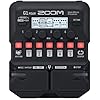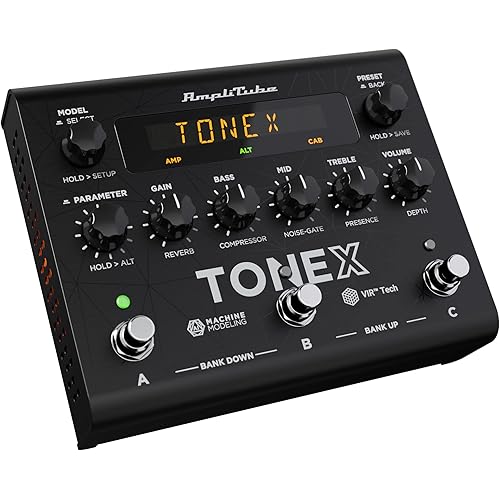Zoom G1 FOUR Guitar Multi-Effects Processor Pedal, With 60+ Built-in effects, Amp Modeling, Looper, Rhythm Section, Tuner, Battery Powered






Buy Now, Pay Later
- – 6-month term
- – No impact on credit
- – Instant approval decision
- – Secure and straightforward checkout
Ready to go? Add this product to your cart and select a plan during checkout.
Payment plans are offered through our trusted finance partners Klarna, Affirm, Afterpay, Apple Pay, and PayTomorrow. No-credit-needed leasing options through Acima may also be available at checkout.
Learn more about financing & leasing here.
Selected Option
FREE 30-day refund/replacement
To qualify for a full refund, items must be returned in their original, unused condition. If an item is returned in a used, damaged, or materially different state, you may be granted a partial refund.
To initiate a return, please visit our Returns Center.
View our full returns policy here.
Recently Viewed
Size: Processor Pedal
Style: G1 FOUR
Pattern Name: Processor Pedal
Features
- 65 built-in guitar effects and 13 amp models
- Free download of Zoom guitar lab Mac/Windows software
- 30-Second looper
- 68 built-in rhythm patterns
- Standard Guitar input, aux input for external audio players and amp/headphone output
Description
Multi-effects processor with 60+ effects, 13 amp models, 68 drum patterns, and Looper.
Brand: Zoom
Style: G1 FOUR
Color: Black
Product Dimensions: 6.14"L x 5.12"W x 1.65"H
Item Weight: 454 Grams
Item Weight: 1 pounds
Product Dimensions: 6.2 x 5 x 1.7 inches
Item model number: G1 FOUR
Batteries: 4 AA batteries required.
Is Discontinued By Manufacturer: No
Date First Available: January 21, 2019
Body Material: plastic or metal
Color Name: Black
Connector Type: USB Micro-B
Hardware Interface: USB
Signal Format: Analog
Size: Processor Pedal
Battery type: Alkaline
Power Source: Battery Powered
Voltage: 9 Volts
Frequently asked questions
To initiate a return, please visit our Returns Center.
View our full returns policy here.
- Klarna Financing
- Affirm Pay in 4
- Affirm Financing
- Afterpay Financing
- PayTomorrow Financing
- Financing through Apple Pay
Learn more about financing & leasing here.
























